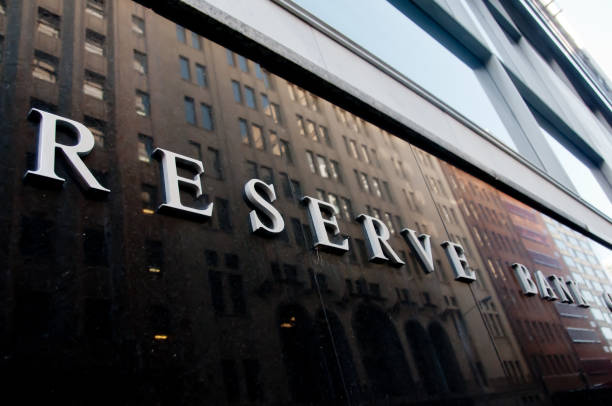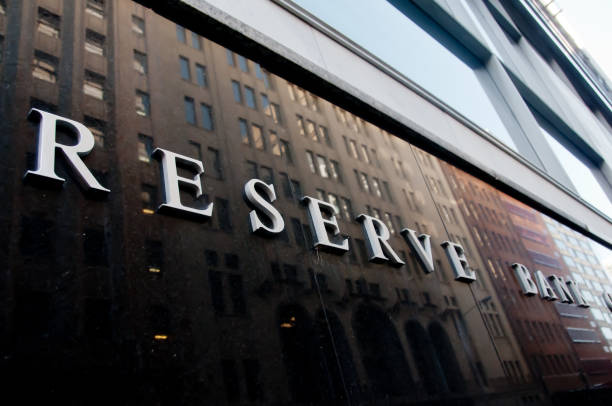
The RBA minutes for the November contained little news. After cutting the policy to a new low of 0.1%, policymakers suggested the policy tool in the future will mainly be asset purchases. While the members remained reluctant to lower interest rates to negative, they might have to follow if many other central banks send rates to the negative territory.
At the meeting two weeks ago, RBA cut the cash rate to 0.1%, from 0.25% previously. Similarly, the target for the yield on the 3-year government bond yield and the interest rate on new drawings under the Term Funding Facility were also lowered to 0.1%. Meanwhile, the central bank also cut the interest rate on Exchange Settlement balances (the Australian equivalent to US interest rates on excess reserves) to 0. On asset purchases, RBA announced to buy AUD100B worth of government bonds of maturities of around 5 to 10 years over the next 6 months, and then review the need for more purchases “in light of the evolving outlook for jobs and inflation”.
The members noted that “the focus over the period ahead will be the government bond purchase program. At its future meetings, the Board will closely monitor the effects of the bond purchases on the economy and on market functioning, as well as the evolving outlook for jobs and inflation. The Board is prepared to do more if necessary”. Regarding negative rates, the members considered that there was “little to be gained from short-term interest rates moving into negative territory and continued to view a negative policy rate as extraordinarily unlikely”.
Governor Lowe’s Speech
Note the meeting was held in the first week of November, ahead of the fresh coronavirus outbreak in South Australia and Governor Philip Lowe’s speech yesterday. At the speech on “Covid, our changing economy and monetary policy”, Lowe delivered an upbeat tone about the recovery in Australia, while reiterating a dovish tone on the monetary policy outlook. On the economic outlook, Lowe suggested that “the challenge facing Australia over the next few years is much more likely to be the creation of jobs, rather than controlling inflation pressures”. As such, the monetary policy will give greater weight to employment generation (a national priority) than to inflation.
Lowe reiterated the stance that negative rates are “extraordinarily unlikely”, due to its impact on credit supply and the adverse effect on spending if savers try to save more in the face of declining rates of return on deposit income. Yet, Lowe did mention that the “gravitational pull” of easing by other central banks globally “has been very strong”. RBA might have to “consider” negative rates if many central banks in the word have adopted such policy.
Both the minutes and Lowe’s speech have not changed our view that RBA would leave the policy rate unchanged at least until end -2021.


 Signal2forex.com - Best Forex robots and signals
Signal2forex.com - Best Forex robots and signals




